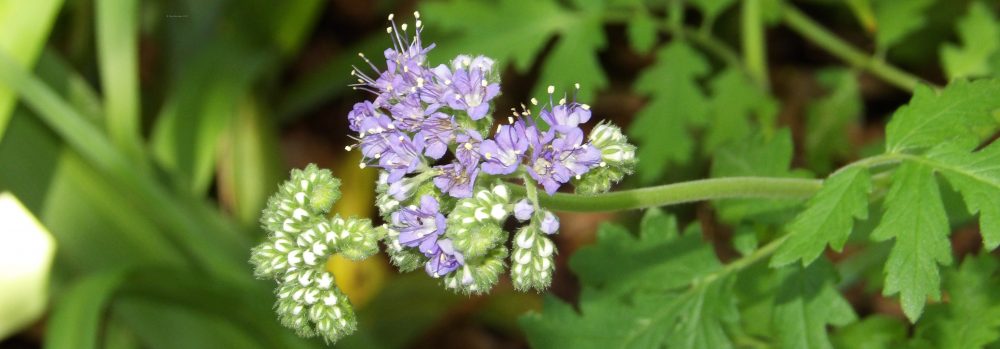Celebrating blooming things with Carol of May Dreams Gardens on this last Garden Bloggers’ Bloom Day of 2014, I’d like to share some currently flourishing flowers from my gardens. It’s been mild here in Austin, Texas, though a few light frosts have come our way, none were significantly cold enough to dampen the blossoming spirit.
Wonderful native perennials continue strutting their blooming stuff late this growing season. Two native salvia species are providing nice nectar sources for passing bees and butterflies and a color show for the resident gardener. The Tropical Sage, Salvia coccinea,
 …brightens the garden with its scarlet blooms, while Henry Duelberg salvia, Salvia farinacea, ‘Henry Duelberg’ provides spikes of blue.
…brightens the garden with its scarlet blooms, while Henry Duelberg salvia, Salvia farinacea, ‘Henry Duelberg’ provides spikes of blue.
Planted near to those two perennials is a group of Texas Craglily, Echeandia texensis.
 There are few blooms left, but many seed pods readying for future golden lily loveliness.
There are few blooms left, but many seed pods readying for future golden lily loveliness.
Some of my Goldeneye, Viguiera dentata, still bloom. 
I don’t really think I need to add anything to that! These individuals face west and receive the warmth of the afternoon autumn sun.
A few Turk’s Cap, Malvaviscus arboreus, flowers grace the gardens as well.
 I don’t recall ever seeing this plant bloom so late before–I’m not complaining.
I don’t recall ever seeing this plant bloom so late before–I’m not complaining.
Native to areas west of Texas, but not specifically Austin, is the Globe Mallow, Sphaeralcea ambigua.
In my gardens it’s a reliable cool season bloomer–at least through the beginning of summer. The one mature Globe Mallow in my gardens is beginning a nice bloom production and that’s likely to happen throughout winter.
There are always a few Purple Coneflowers, Echinacea purpurea, charming the gardens. This one is planted with an unknown variety of basil-in-bloom,
…which I’d know the name of if I’d bothered to keep the tag. Ahem.
And here, Coneflower is partnered with the equally sweet Four-nerve Daisy or Hymenoxys, Tetraneuris scaposa.
I love native Texas plants.
As for the non-natives, well, they’re pretty cool, too. The Firecracker or Coral Plant, Russelia equisetiformis, requires a hard freeze to knock it back.
 Obviously that hasn’t happened yet.
Obviously that hasn’t happened yet.
I feel good about this plant–it has such a tropical look, but in reality it’s water-wise and tolerant of the cooler season.
Roses are responding in kind to our temperate December by blossoming again. Whoop!
Glorious in vibrant red are these blooms of the Old Gay Hill rose.
Finally, the Potato Vine, Solanum laxum, has entered its bloom time. This vine twines up one side of my swing beam and blossoms primarily in the cool months here in Austin. It’s a timid vine in my garden, never growing too large. I forget about it during our long, warm growing season–it’s there, but unimpressive. Once the temperatures cool, its lovely clusters of dainty, creamy-bell flowers provide interest for my honeybees, still foraging on warm afternoons.
Enjoy whatever blooms you have–indoors or out. Then check out the many bloom posts by visiting May Dreams Gardens.


































